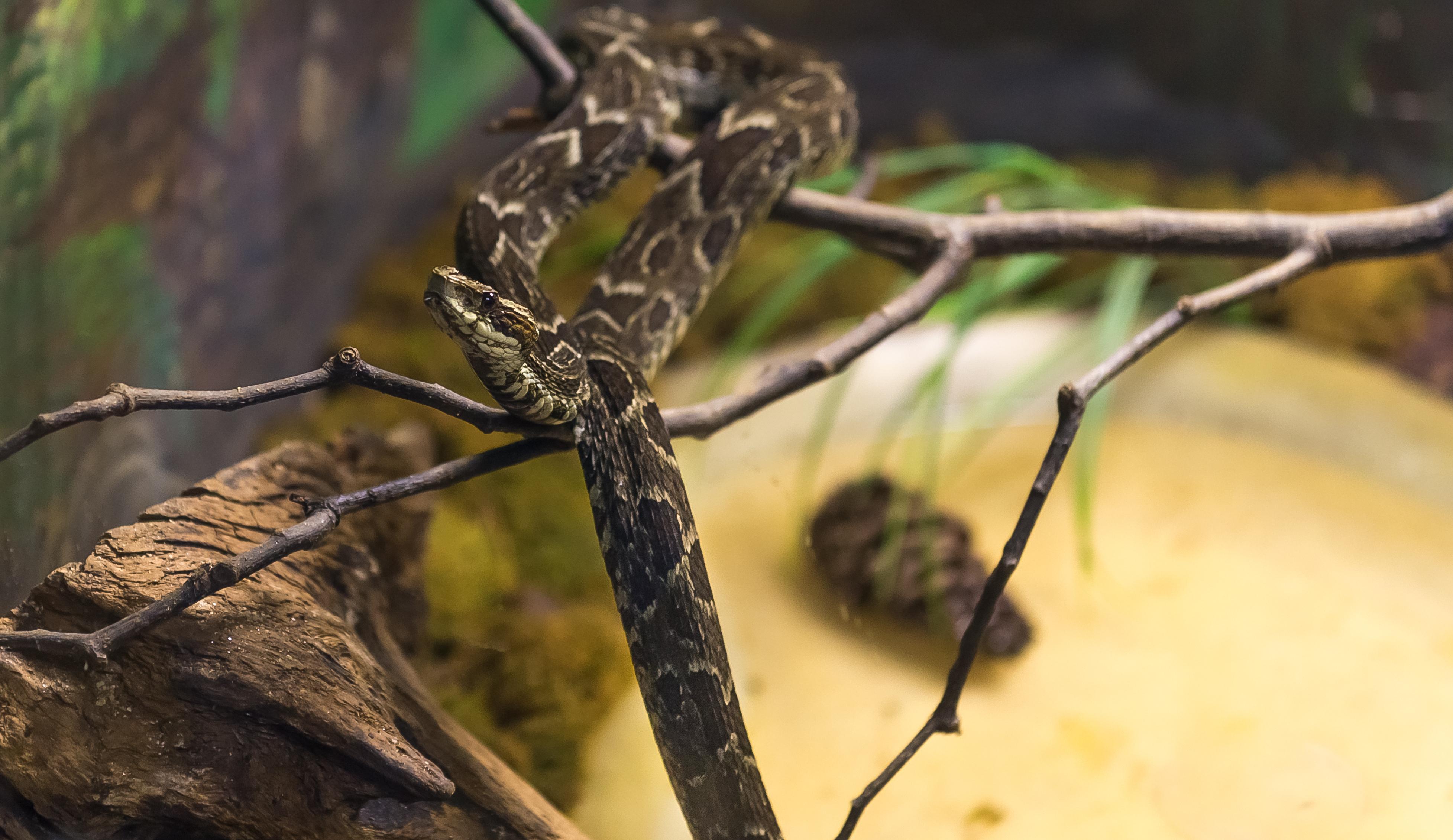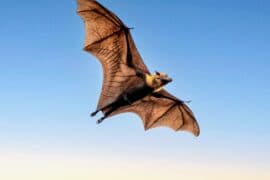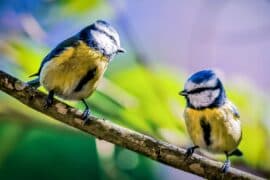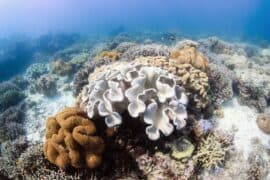Fonseca's lancehead
(Bothrops fonsecai)

Description
Bothrops fonsecai, or Fonseca's lancehead, is a species of venomous snake in the family Viperidae. The species is endemic to Brazil. The specific name, fonsecai, is in honor of Dr. Flavio da Fonseca, who was head of the laboratory of parasitology at the Instituto Butantan in São Paulo, Brazil. B. fonsecai is found in Brazil in the states of Minas Gerais, Rio de Janeiro, and São Paulo. Bothrops is a genus of highly venomous pit vipers endemic to Central and South America. The generic name, Bothrops, is derived from the Greek words bothros, meaning "pit", and ώπς, ops, meaning "eye" or "face", together an allusion to the heat-sensitive loreal pit organs. Members of this genus are responsible for more human deaths in the Americas than any other group of venomous snakes. Currently, 45 species are recognized. These snakes range from small, never growing to more than 50–70 cm (19.5–27.5 in), to large at over 200 cm (6.6 ft) in total length. Most are characterized by having a sharp canthus rostralis and an unelevated snout. The arrangement of the scales on top of the head is extremely variable; the number of interorbital scales may be 3–14. Usually there are 7-9 supralabials and 9-11 sublabials. There are 21-29 rows of dorsal scales at midbody, 139-240 ventral scales, and 30-86 subcaudals, which are generally divided. Lacépède originally applied the name "lanceheads" to all of these snakes, which he considered conspecific. Thus, older writings, as well as popular and sometimes scientific writings (including the American Heritage, Merriam-Webster, and New Shorter Oxford dictionaries), still often call them fer-de-lance (French, "spearhead"). However, many scientists and hobbyists now restrict this name to the Martinican species, B. lanceolatus. Other common names include American lanceheads and American lance-headed vipers. Found in northeastern Mexico (Tamaulipas) southward through Central and South America to Argentina, Bothrops species also occur on the islands of Saint Lucia and Martinique in the Lesser Antilles, as well as on Ilha da Queimada Grande off the coast of Brazil. B. atrox is also found on the island of Trinidad in the Southern Caribbean off the eastern coast of Venezuela. Most species are nocturnal, although a few found at higher altitudes are active during the day. Otherwise, they may be seen on cloudy days or during periods of rain.
Taxonomic tree:







